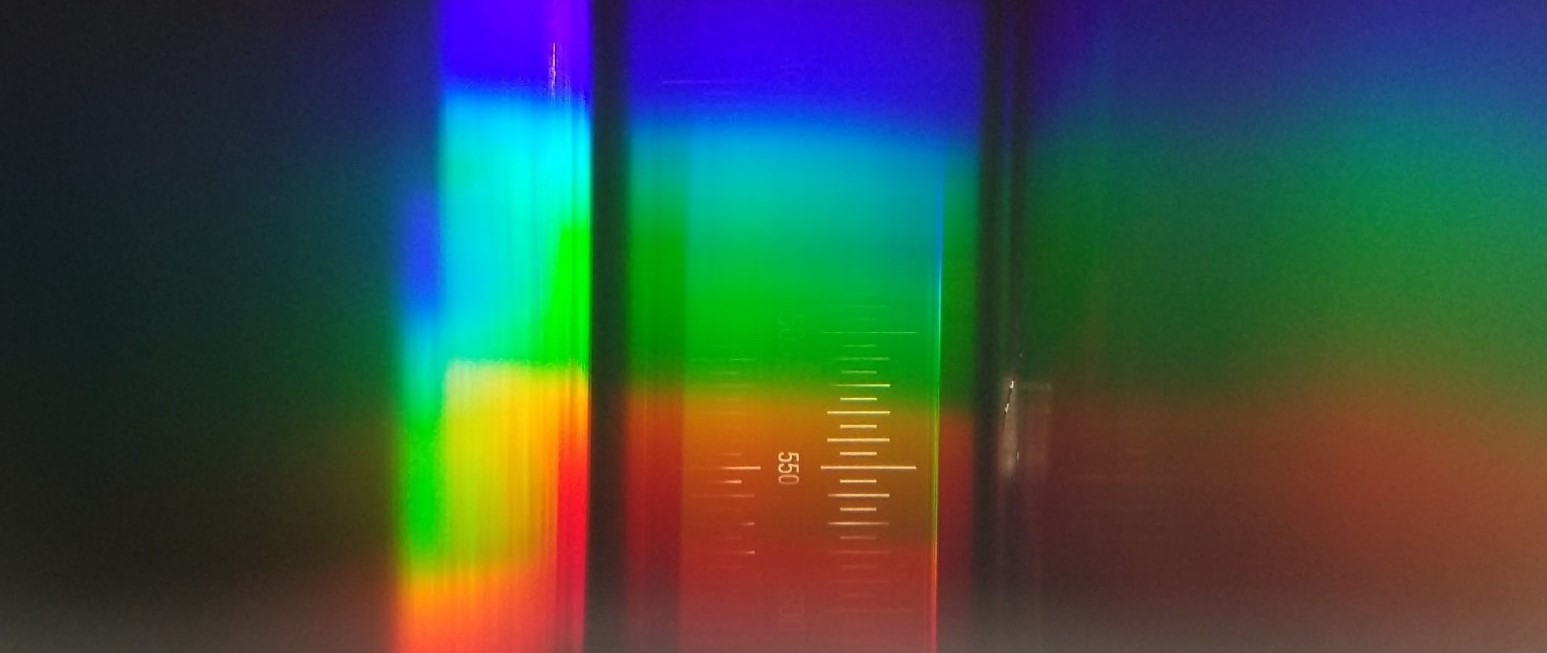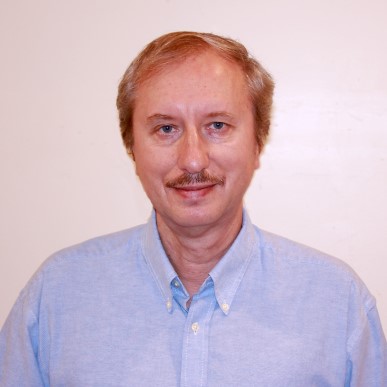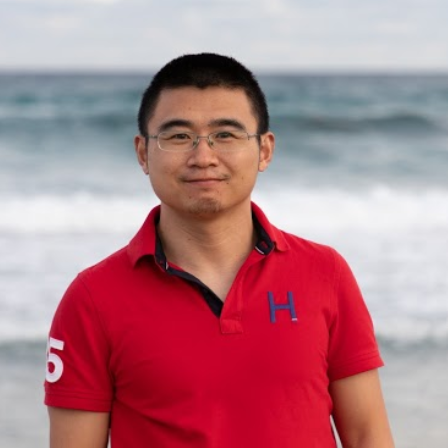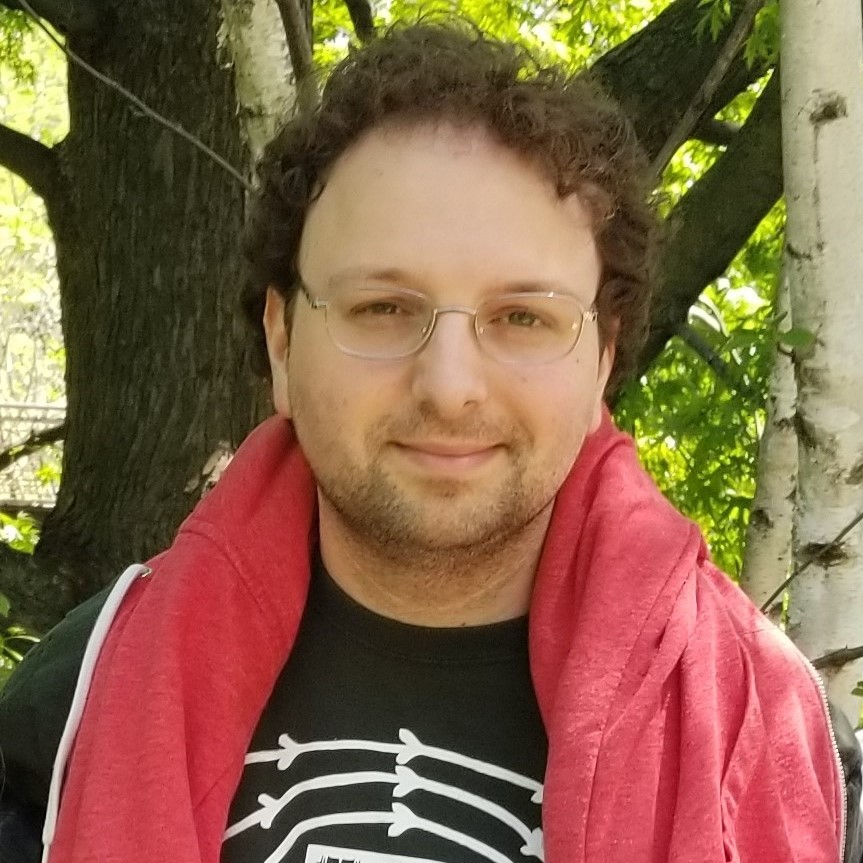About This Webinar
The development of a new generation of optical components that emit, modulate, and detect light across multiple spectral ranges requires accurate tools and techniques for the characterization of these components. This is especially important for the infrared and terahertz (THz) ranges, where optical technology is less developed. Fourier-transform spectroscopy is a well-known method for the evaluation of new sources and detectors. The modern Fourier-transform spectrometer is capable of measuring spectra from the ultraviolet (UV) to the THz on a single instrument. In this webinar, an overview of experimental hardware and different approaches for detector testing and emission studies in multiple spectral ranges will be presented.
The step-scan option, for example, allows the collection of time-resolved emission with nanosecond time resolution and can discriminate between a weak emission signal in the presence of a strong thermal background. This webinar will also discuss details and optimization of the step-scan setup, including application examples for the characterization of single element and focal-plane array detectors, high- and low-temperature thermal emission, weak mid-infrared photoluminescence, laser emission, emission of micrometer-size objects, and temperature-dependent reflectance and transmittance of materials.
In particular, the presenters will emphasize challenges related to the characterization of thermal emitters that have unconventional temperature dependence, operate at low temperatures, or are out of thermal equilibrium.

Who should attend:
Developers, quality control professionals, and end users of optical instruments such as FTIR spectrometers who are interested in learning more about experimental hardware and techniques for optimizing processes across a range of applications.
About the presenters:
 Sergey V. Shilov, Ph.D., is a senior application scientist at Bruker Optics. He joined Bruker in 2001 and is responsible for the support and development of new applications for the Bruker research FTIR systems. He received his Ph.D. in 1992 from the Russian Academy of Sciences in polymer physics and his M.S. from St. Petersburg State University (Russia) in physics in 1986. Alexander von Humboldt Foundation (Germany) awarded him a research fellowship in 1996. Shilov has published 37 papers in peer-reviewed journals, and his research interests include time-resolved FTIR spectroscopy, surface science, polymer, and life-science applications.
Sergey V. Shilov, Ph.D., is a senior application scientist at Bruker Optics. He joined Bruker in 2001 and is responsible for the support and development of new applications for the Bruker research FTIR systems. He received his Ph.D. in 1992 from the Russian Academy of Sciences in polymer physics and his M.S. from St. Petersburg State University (Russia) in physics in 1986. Alexander von Humboldt Foundation (Germany) awarded him a research fellowship in 1996. Shilov has published 37 papers in peer-reviewed journals, and his research interests include time-resolved FTIR spectroscopy, surface science, polymer, and life-science applications.
 Yuzhe Xiao, Ph.D., is a research associate at the University of Wisconsin-Madison. He received his Ph.D. from the Institute of Optics at the University of Rochester and was then a postdoc at the University of California, San Diego. He has authored more than 30 publications in the fields of thermal emission, nonlinear optics, and quantum plasmonics.
Yuzhe Xiao, Ph.D., is a research associate at the University of Wisconsin-Madison. He received his Ph.D. from the Institute of Optics at the University of Rochester and was then a postdoc at the University of California, San Diego. He has authored more than 30 publications in the fields of thermal emission, nonlinear optics, and quantum plasmonics.
 Mikhail Kats, Ph.D., is the Jack St. Clair Kilby Associate Professor in Electrical and Computer Engineering at the University of Wisconsin-Madison. He has authored 80 papers in the fields of optical properties of engineered materials, novel optical and optoelectronic devices, tailoring of thermal emission and radiative heat transfer, and related topics in optics and photonics.
Mikhail Kats, Ph.D., is the Jack St. Clair Kilby Associate Professor in Electrical and Computer Engineering at the University of Wisconsin-Madison. He has authored 80 papers in the fields of optical properties of engineered materials, novel optical and optoelectronic devices, tailoring of thermal emission and radiative heat transfer, and related topics in optics and photonics.
About Bruker Optics:
Bruker Optics is a performance leader in life science and analytical systems. For over 50 years, Bruker has been driven by a single idea: to provide the best technological solution for each analytical task. Bruker’s trusted solutions encompass a wide number of analytical techniques ranging from magnetic resonance to mass spectrometry and gas chromatography, to microanalysis, optical, and x-ray spectroscopy. These market- and technology-leading products are driving and facilitating key application areas such as life science research, pharmaceutical analysis, applied analytical chemistry applications, materials research, nanotechnology, clinical research, molecular diagnostics, and homeland defense.